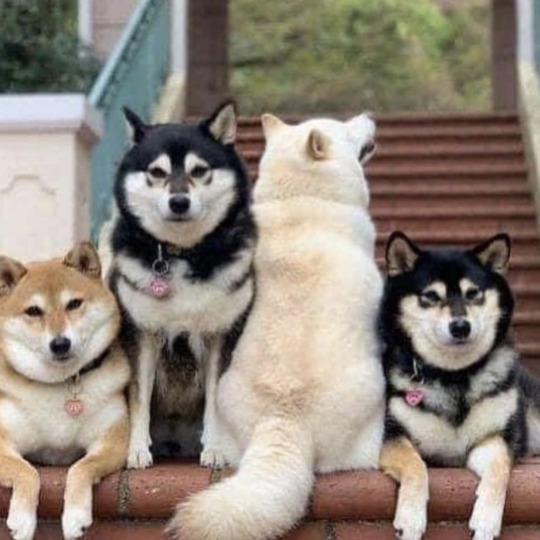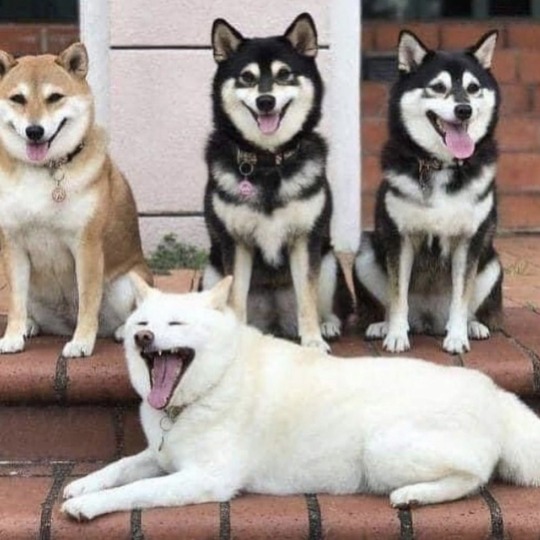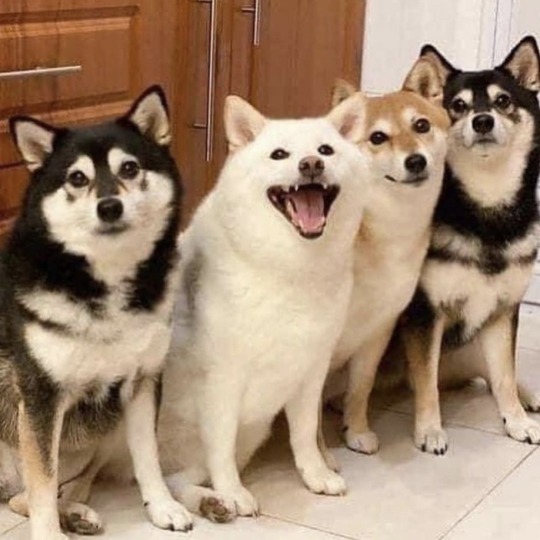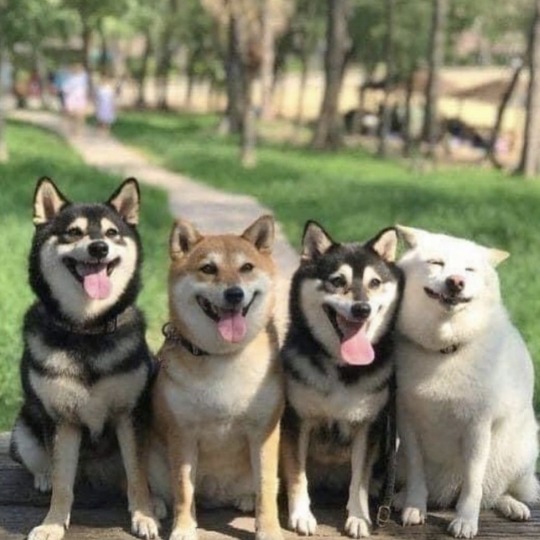games, manga, light novel discussions, sometimes I post my art and writing (please do not repost my art without my permission)
Don't wanna be here? Send us removal request.
Photo

AHHH NEMESIS IS ALL GROWN UP uwu
(Infinite Dendrogram Volume 14 promotional art!)
9 notes
·
View notes
Photo

Planet Illustration
Don’t forget to get out and stargaze from time to time! The planets and stars won’t be as colorful as this one, but they’re just as beautiful!
1 note
·
View note
Photo

Star Rod Kirby -- The star rod reminds me of Smash more than Kirby though :p
In case it isn’t obvious already, I love Kirby :D
#kirby#nintendo#star rod#kawaii#digital art#artists on tumblr#videogame art#kirby fanart#videogame fanart
7 notes
·
View notes
Photo

The Twins - Lucas and Claus from Mother 3 (here’s hoping it’ll get localized someday!)
(extra points if you know what the marks in the background are!)
16 notes
·
View notes
Photo
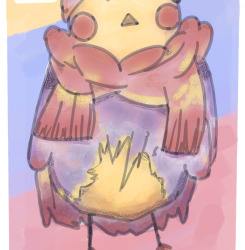
Just looking at it makes me want to hug it ;( I want a plushie of it
2 notes
·
View notes
Photo

Tornado Kirby with the Wind Waker from Zelda
26 notes
·
View notes
Photo

(please do not repost my art without my permission)
His head reminds me of tiramisu :p
2 notes
·
View notes
Photo



-- The many art styles of Akihiko Yoshida --
100 notes
·
View notes
Text
If your conforming to society involves you becoming something you’re not, then you’re doing it wrong.
0 notes
Text
Blue Period Volume 1 (review)

Blue Period is a manga by Tsubasa Yamaguchi, known for creating the manga adaptation of Kanojo to Kanojo no Neko. The series follows second-year high school student Yataro Yaguchi, who looks like a delinquent but is actually a smart student with excellent grades. He hangs out with his friends occasionally and leads an ordinary life. That is, until he finds a painting in the highschool’s art club.
In the beginning, Yatora doesn’t appreciate art all that much though. He states clearly that he doesn’t ‘get’ art or why Picasso’s paintings are world-famous. The story starts with him hanging out with his friends until the early morning before he leaves for school. Despite his routine and choice of friends, Yatora is actually one of the top-ranking students in his school.
In art class, however, Yatora seems to be content with making the least effort needed to get a decent grade. That same day he happens to find a mesmerizing painting, which ends up changing his view on art forever.
The next day he is inspired by early morning Shibuya and decides to draw it during his art class, but because of the time limit he isn’t able to finish it. However, his work catches the eye of fellow classmate Ryuji Ayukawa, who lets him join the art club as a ‘helper’, getting to know the other members of the club and learn more about painting techniques such as the color theory.
He soon realizes that admissions for art universities are very competitive and take much effort and preparation. Simply put, only the best are accepted for the limited seats. Yatora then begins to question whether he should go to an art school or simply do it as a hobby. His mother wants him to get into a prestigious university, while his father doesn't really care. But in the end, he makes it his goal to get admitted into Tokyo University of the Arts (the most popular public art university in Tokyo) so he can support his parents.
The rest of the volume has him train vigorously over summer vacation to finish his art homework and facing a challenge of standing out among the upon-and-coming artists in an art institute.
I really like Yatora’s character, particularly the uncommon duality between being a serious, hardworking student and a carefree ‘delinquent’ who regularly pulls all-nighters. His initial disinterest in art and later struggles to convince his family of his decision is quite realistic and reflects the stigma around art majors. Yet when his mother enters his room to find tens of his paintings lying about his room, she realizes that this is his passion and supports him fully.
The manga doesn’t show us how he and Ryuji came to know each other, but it’s clear that the latter is going to be a rival/friend character. Another potential character is introduced towards the end of the volume, and without spoiling anything I will say that his character is very interesting.
The pacing is a bit on the slow side in my opinion, although that is to be expected. There’s a small time skip to show us how much Yatora’s art has improved. I found it a bit strange at first, but I suppose with a subject like painting the story has to skip a few months to keep things going.
This is a manga about art, so it makes sense for the art to be at least good. But the manga goes beyond that, incorporating a beautiful ‘painterly style’ to it that makes it stand out. Not to mention the brilliant art pieces (and even the amateur ones) were created by real artists who are credited at the end of the volume! There were some art tips scattered here and there (as a self-taught artist, I wasn’t particularly aware of the different types of perspective, so it was kind of educational for me as well), but fortunately these are explained simply for the average reader.
Overall, this is a series I recommend for anyone looking for an art-themed manga! The first volume is already out and the second one’s coming January 5! It’s still not clear whether the series will continue after he gets admitted (hopefully!) or end right there, but I’m looking forward to this exciting art journey!
20 notes
·
View notes
Photo
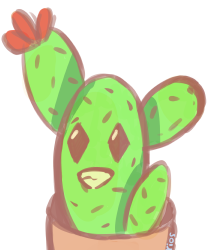

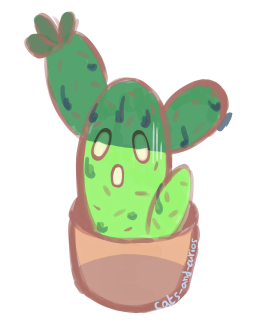
Cactus Emoji Collection -- Part 2
(Do not repost or use my art without permission)
1 note
·
View note
Photo
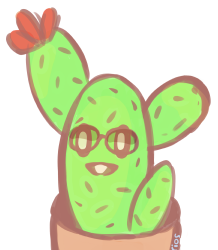


Cactus Emoji Collection -- Part 1
(Do not repost or use my art without permission)
0 notes
Photo



-- The many art styles of Shigenori Soejima --
#shigenori soejima#persona#persona 5#futaba#futaba sakura#videogame art#art#catherine#catherine full body#continuum shift extend#noel
147 notes
·
View notes
Photo

Tsuki to Layka to Nosferatu | Volume 3 Cover
1 note
·
View note
Quote
Between what is said and not meant, and what is meant and not said, most of love is lost.
-Khalil Gibran
0 notes
Text
Something about Ace Attorney
I love Ace Attorney. But to be honest, I don’t like where the main series is heading.
Plot-wise:
Case in point: Spirit of Justice. We’ve got three main characters (Phoenix, Apollo, Athena) all crammed in together in one game that attempts to juggle their storylines (in Athena’s case, it’s nonexistent here, in Apollo’s case, the backstory feels shoehorned) and eventually fails at what it set out to do ( (example being Athena’s case in Spirit of Justice which was not only completely irrelevant to the main plot but also very short)).
The way I see it Capcom should either split the games between the characters (dual versions like in Pokémon, maybe with loosely related plots), or cut out some of the already matured characters (like Phoenix and Maya). For Phoenix, his story ended with Trials and Tribulations, but they just had to turn him into a hobo for Apollo Justice (which ironically focused more on Phoenix rather than Apollo, not that the hobo gig sold much in Japan).
Gameplay-wise:
Gameplay-wise, I feel like Ace Attorney is stuck in its past. I mean, sure, each main character’s got their own ‘special ability’ (Maya’s Phoenix’s Magatama, Apollo’s Bracelet, Athena’s Mood Matrix), and Spirit of Justice had the Divination Séance thing going on, but I still think that they’re a bit hesitant from changing up the core gameplay like cross-examinations and investigations and stuff.
For the investigation part, The Great Ace Attorney introduced the Joint Reasoning feature, where you nitpick Sherlock Holmes’ (mostly irrational) conclusions and try to find out what really happened. I really liked this feature, and I feel like it added more content to the otherwise tedious point-and-click parts of the investigation segments, but also gave us an insight into how this version of Sherlock Holmes’ comes to his conclusions, therefore building upon an already astounding character through gameplay.
For the trials, we’ve already seen things changed up in PL vs AA’s witch trials, where you can cross-examine multiple witnesses at the same time. You have to keep an eye on the other witnesses and wait for their reactions to the testimony you’re currently reading. This makes the cross-examination session flow much more smoothly, and is a good way to introduce plot twists.
The Great Ace Attorney’s jury system? Easily one of the best additions to the court segments so far, in my opinion. You’ve got a judge and six jurors, the latter of which you need to convince to get your not-guilty verdict. If all jurors vote guilty, you have a chance to overturn their verdicts by conducting a ‘jury examination’, where instead of examining the witnesses, you’re examining the jurors themselves, trying to find contradictions among their statements, and help them realize the faults in their collective reasoning. If most of the jurors change their vote, you win and the trial continues as usual.
I feel like the jury system is an extension of the witch trials (it probably is, since DGS began development straight after PL vs AA), but with more stakes: the final verdict of the court depends on this examination. The jurors are switched up between cases (although some of them come back), but you get a feel for their personalities through this neat new feature.
I can understand why the developers might hesitate to bring these changes to the main series, since both PL vs AA and DGS1&2 sold poorly. It’s a shame since both of these games brought new ideas to the table, only for poor sales driving them back into the tried-and-true formula of the main series.
Any game in the series is better than no game at all, and the recent leaks are making me hopeful that DGS isn’t completely dead, and that AA7 is on the way. I just hope they try and spice things up for the new game, and maybe build off of the ideas the spinoffs introduced.
38 notes
·
View notes


